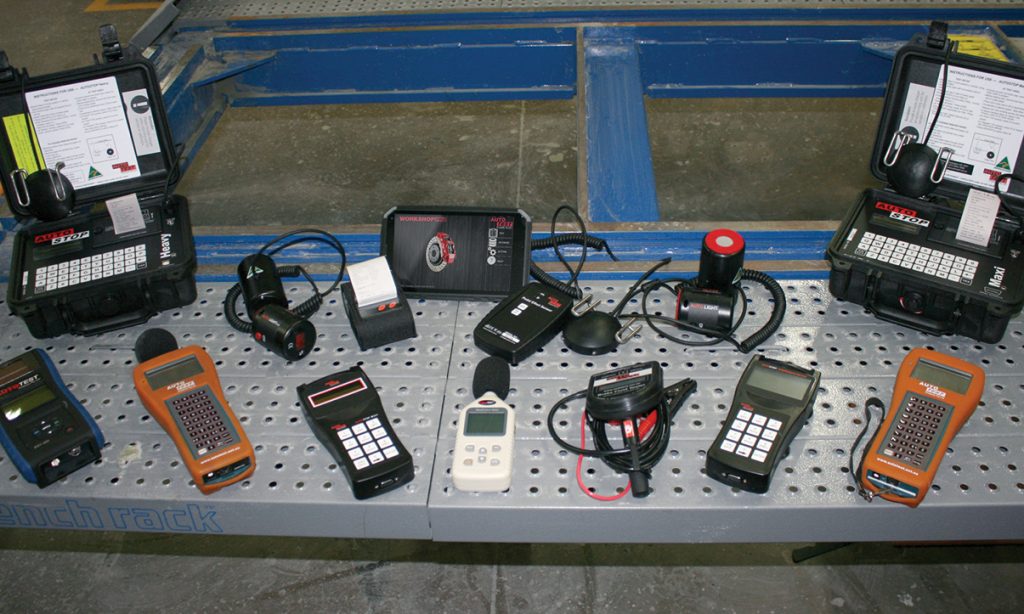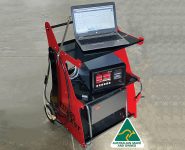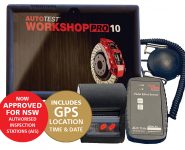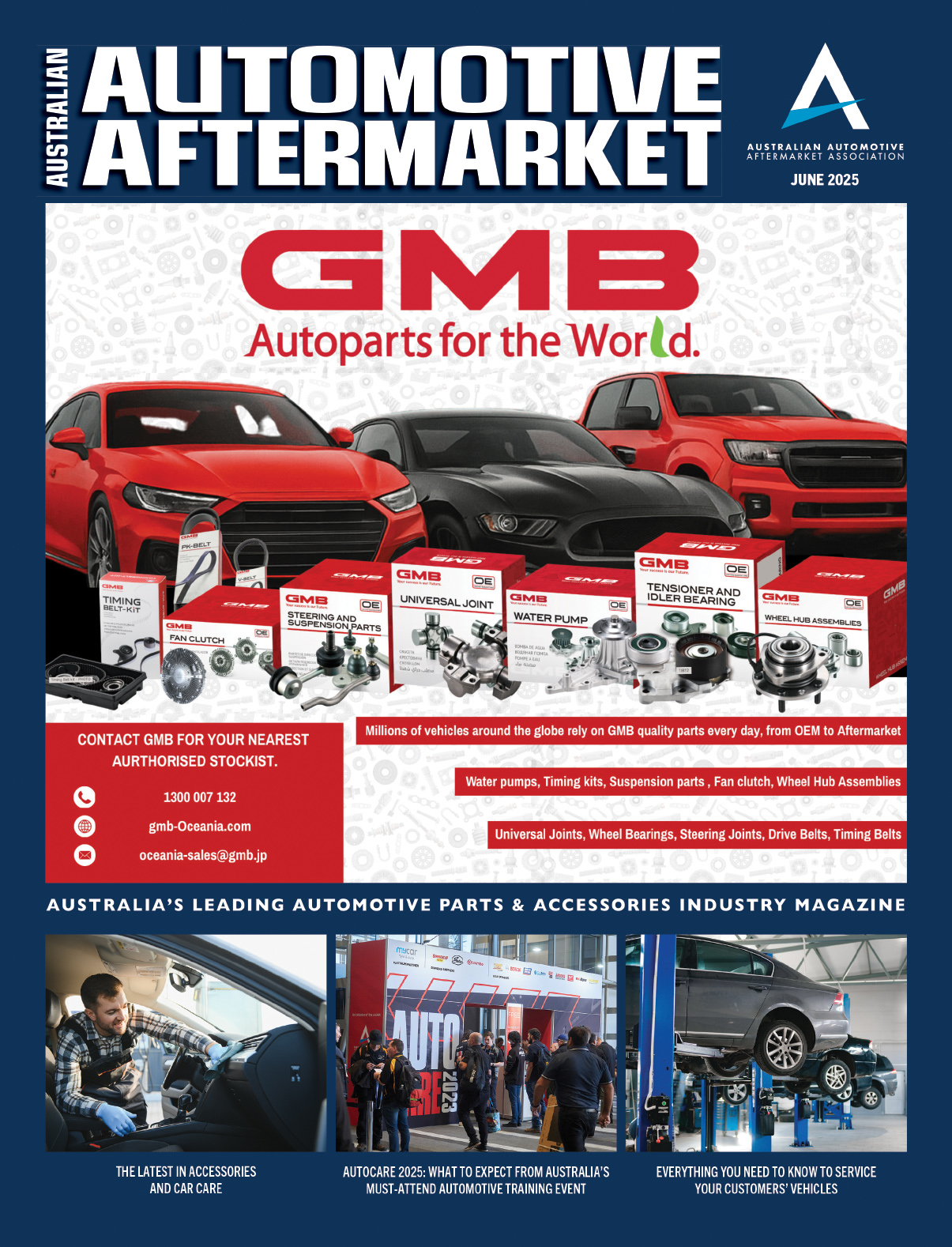THE ROLE OF DIAGNOSTIC GARAGE TOOLS IN MODERN VEHICLE MAINTENANCE
In today’s rapidly evolving automotive industry, the repair and maintenance of vehicles have become increasingly complex

This transformation is largely due to the integration of advanced computer systems and technology into modern vehicles.
As a result, mechanics and automotive professionals must stay updated and equipped with the latest diagnostic tools to effectively diagnose, repair, and maintain these sophisticated vehicles.
AutoTest outlines the following as key considerations for the automotive industry.
• Connectivity: most of the diagnostic equipment now relies on seamless connectivity, either to a computer, the internet, or both. This connectivity is essential for diagnosing engine issues, assessing emissions, and identifying electronic faults. The efficiency and accuracy of these tools heavily depend on the uninterrupted exchange of data.
• Government-sanctioned roadworthy inspections: many jurisdictions mandate government-sanctioned roadworthy inspections, where testing equipment results are directly transmitted to a government website. This practice enhances transparency and accountability, ensuring that vehicles on the road meet specified safety and emission standards.
• Equipment maintenance and calibration: to achieve roadworthy-inspection approval, it is crucial to maintain and calibrate diagnostic tools regularly. Proper maintenance ensures that these tools perform efficiently and accurately, contributing to reliable inspection results. AutoTest says its commitment to NATA-accredited calibrations exemplifies this dedication to maintaining high standards.
• Thorough inspections: utilising inadequate equipment can impede an approved examiner’s ability to conduct comprehensive inspections. Adherence to relevant codes of practice and vehicle-inspection guidelines is essential to ensure accurate and reliable results.
AutoTest describes the following as “mandatory” when it comes to inspection tools:
• Brake system testing equipment such as decelerometers (brake meters)
• Headlamp aim checking equipment; general tools and equipment such as light transmission meters, measuring equipment for brake components, wheel chocks, kingpin gauges, and turntable locking testers.
• Underbody inspection equipment: a hoist, pit ramp, vehicle jacks, or stands.
• Additional equipment for trailers: for LT and/or HT vehicle types, testing equipment for lighting systems, electric brakes, tow coupling compression, vacuum braking systems, and compressed-air sources for air brakes are mandatory.
• Other essential tools: sound-level meters, brake-fluid testers, suspension testers, and emissions analysers.
AutoTest states that as an ISO 9001 Quality accredited manufacturer, it is a leading quality-accredited roadworthy equipment producer in Australia.
It says its commitment to excellence extends beyond production to NATA-accredited calibrations, ensuring that its products meet the highest industry standards and international benchmarks through ILAC.
For more information, please contact AutoTest Products at 03 8840 3000 or visit www.autotest.net.au







